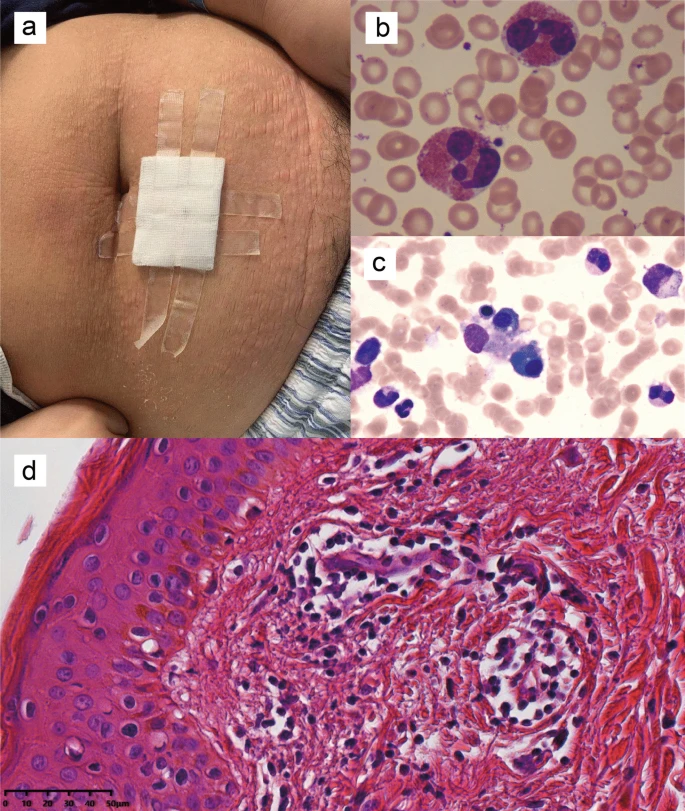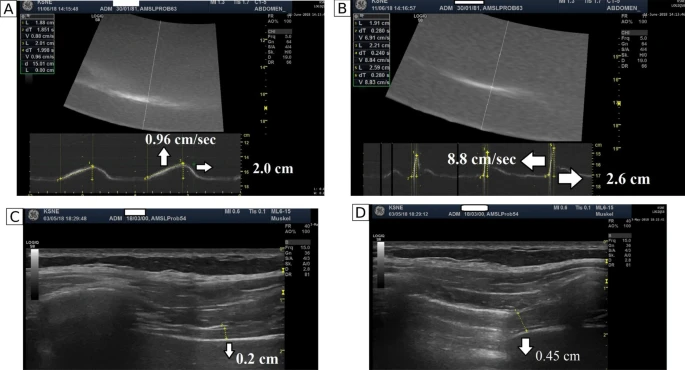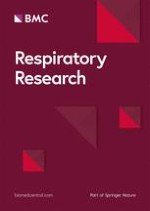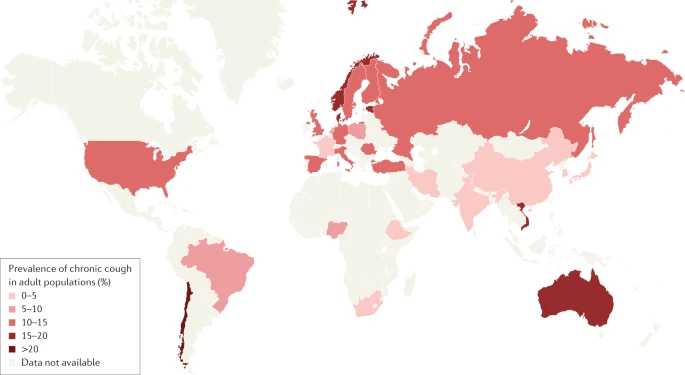- Case report
- Open Access
A blog that publishes updates and open access scientific papers about allergy, asthma and immunology. Editor: Juan Carlos Ivancevich, MD. Specialist in Allergy & Immunology
July 20, 2022
July 17, 2022
Interleukin-18 Receptor α Modulates the T Cell Response in Food Allergy
Allergy Asthma Immunol Res. 2022 Jul;14(4):424-438. English. https://doi.org/10.4168/aair.2022.14.4.424 | |
| Eun Gyul Kim | |
Abstract | |
Purpose The prevalence of food allergy, triggered by T-helper type 2 (Th2) cell-mediated inflammation, is increasing worldwide. Interleukin (IL)-18 plays an important role in inflammatory diseases by binding with the IL-18 receptor. IL-18/IL-18 receptor α (IL-18Rα) is a cofactor for immunoglobulin E (IgE) production and Th2 cell development. Studies have not investigated the association between the IL-18/IL-18Rα signaling pathway and food allergy. Here, we investigated the role of IL-18Rα in food allergy induction and development. |
The Asthma Risk Is Increased in Children with Severe Allergic Rhinitis
Ümmüsen Kaya Akca 1 , İbrahim Cemal Maslak 2 , Dilara Uygun 2 , Ayşen Bingöl 2 Author Affiliation(s)
Turk Arch Pediatr 2022; 57: 391-397
DOI: 10.5152/TurkArchPediatr.2022.21269
Objective: The aim of the study was to evaluate the allergic rhinitis severity, to identify risk fac- tors associated with asthma, and to determine the frequency of comorbid conditions in allergic rhinitis patients with positive skin prick test.
Materials and Methods: Clinical characteristics of pediatric patients with allergic rhinitis were investigated. The frequency of comorbidities and risk factors for asthma development were investigated.
Results: A total of 120 patients with a mean age of 13.05 ± 3.20 years were included in the study. Dermatophagoides pteronyssinus was the most common source of allergic sensitization (n = 78, 61.0%), whereas mild-persistent disease was the most common type of allergic rhini- tis severity (n = 44, 36.6%). Sensitization to Dermatophagoides farinea, Dermatophagoides pteronyssinus, and Alternaria was more common in patients with a moderate–severe course of allergic rhinitis than in the mild group (P = .006, P = .008, and P = .005, respectively). The most frequent comorbidity in children with allergic rhinitis was allergic conjunctivitis (71.7%).
July 16, 2022
Considerations in the management of hereditary angioedema due to C1-INH deficiency in women of childbearing age
- Review
- Open Access
Allergy, Asthma & Clinical Immunology volume 18, Article number: 64 (2022)
Abstract
Hereditary angioedema (HAE) is a rare, autosomal disorder that manifests with unpredictable episodes of severe swelling of the skin and mucous membranes. These attacks can be highly disfiguring and range in severity from mild to—in cases of airway swelling—life-threatening. Fluctuations in female sex hormones—such as the changes that occur during puberty, menses, contraceptive use, pregnancy, and menopause—can all affect the frequency and severity of HAE attacks. Disease management decisions for women of childbearing age may be more complex and require additional considerations since they could develop complications related to contraception, pregnancy, labor, delivery, and lactation.
Diaphragm dysfunction as a potential determinant of dyspnea on exertion in patients 1 year after COVID-19-related ARDS
- Correspondence
- Open Access
- Jens Spiesshoefer,
- Janina Friedrich,
- Binaya Regmi,
- Jonathan Geppert,
- Benedikt Jörn,
- Alexander Kersten,
- Alberto Giannoni,
- Matthias Boentert,
- Gernot Marx,
- Nikolaus Marx,
- Ayham Daher &
- Michael Dreher
Abstract
July 15, 2022
Prevalence of sensitization to molecular food allergens in Europe: A systematic review
Daniil Lisik,Athina Ioannidou,Giulia Spolidoro,Mohamed Ali,Sungkutu Nyassi,Yohanes Amera,Graciela Rovner,Ekaterina Khaleva,Carina Venter,Ronald van Ree,Margitta Worm,Berber Vlieg-Boerstra,Aziz Sheikh,Antonella Muraro,Graham Roberts,Bright I. Nwaru
https://doi.org/10.1002/clt2.12175
Abstract
Background
Recent reports indicate that the prevalence of food allergy is increasing, but accurate estimates remain a challenge due to cross-reactivity and limited use of precise diagnostic methods. Molecular allergy diagnostics, in which sensitization to individual molecular allergens is measured, is emerging as a promising tool for evaluation of sensitization profiles. In this systematic review, we summarized estimates of prevalence of sensitization to molecular food allergens in the general population in Europe.
Methods
Following a protocol prospectively registered with the International Prospective Register of Systematic Reviews (PROSPERO; reference CRD42021266657), we searched seven databases with no restrictions on publication date or language. Two reviewers independently screened the literature, extracted data, and appraised the risk of bias in the included studies. The findings were synthesized narratively.
Autoimmune progesterone dermatitis: a retrospective case series

 a,d,*
a,d,*Background:
 |
| Patient with APD presenting with diffuse urticaria. |
Methods:
July 14, 2022
Chemokine CXCL12 drives pericyte accumulation and airway remodeling in allergic airway disease
- Research
- Open Access
- Rebecca Bignold,
- Bushra Shammout,
- Jessica E. Rowley,
- Mariaelena Repici,
- John Simms &
- Jill R. Johnson
Abstract
Background
Airway remodeling is a significant contributor to impaired lung function in chronic allergic airway disease. Currently, no therapy exists that is capable of targeting these structural changes and the consequent loss of function. In the context of chronic allergic inflammation, pericytes have been shown to uncouple from the pulmonary microvasculature, migrate to areas of inflammation, and significantly contribute to airway wall remodeling and lung dysfunction. This study aimed to elucidate the mechanism by which pulmonary pericytes accumulate in the airway wall in a model of chronic allergic airway inflammation.
July 13, 2022
Cough hypersensitivity and chronic cough
Nature Reviews Disease Primers volume 8, Article number: 45 (2022)
Abstract
Chronic cough is globally prevalent across all age groups. This disorder is challenging to treat because many pulmonary and extrapulmonary conditions can present with chronic cough, and cough can also be present without any identifiable underlying cause or be refractory to therapies that improve associated conditions. Most patients with chronic cough have cough hypersensitivity, which is characterized by increased neural responsivity to a range of stimuli that affect the airways and lungs, and other tissues innervated by common nerve supplies. Cough hypersensitivity presents as excessive coughing often in response to relatively innocuous stimuli, causing significant psychophysical morbidity and affecting patients’ quality of life.


%2010.20.37.png)






